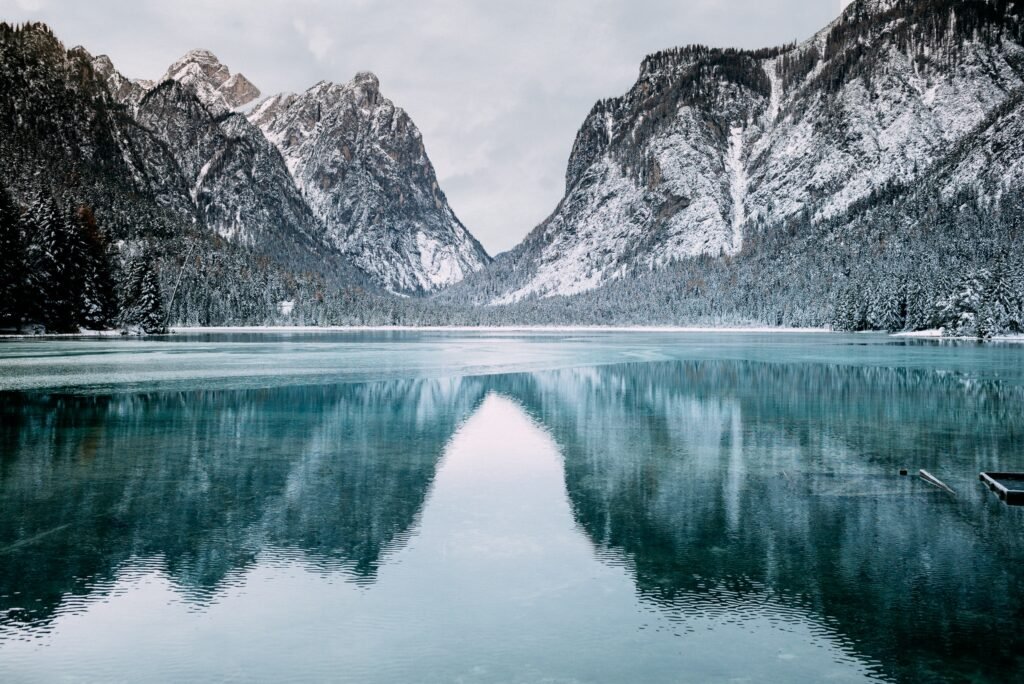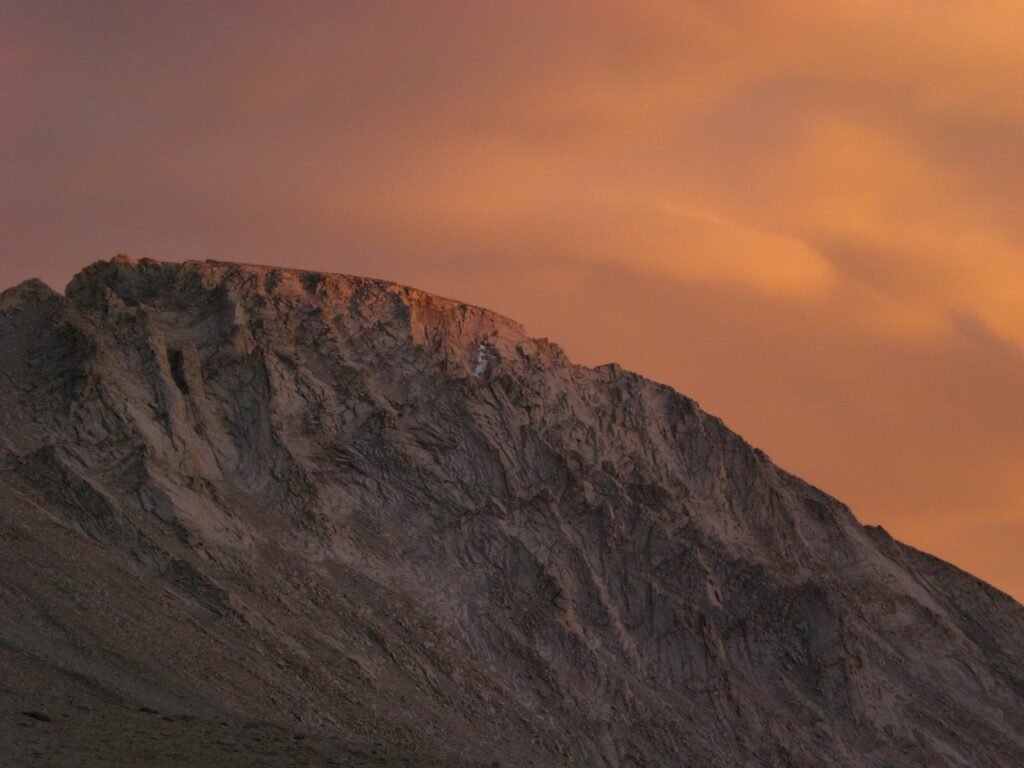Before embarking on a thrilling adventure of hill walking or mountaineering, it’s crucial to prioritize safety above all else. This article will guide you through the essential precautions you need to consider before starting your journey. Whether you’re a seasoned hiker or a first-timer, these safety measures will ensure that you have a safe and enjoyable experience in the great outdoors. From checking the weather conditions to packing the right gear, we will cover everything you need to know to conquer the hills and mountains with confidence.
1. Physical Fitness
1.1 Evaluating Your Fitness Level
Before embarking on any hill walking or mountaineering adventure, it is crucial to evaluate your physical fitness level. Hill walking and mountaineering can be physically demanding activities, so it is essential to have a good baseline level of fitness to ensure your safety and enjoyment. Evaluate your cardiovascular endurance, muscular strength, and flexibility to determine if you are adequately prepared for the challenges ahead.
1.2 Preparing with Regular Exercise
To improve your physical fitness level and be better equipped for hill walking or mountaineering, engage in regular exercise routines. Focus on activities that target cardiovascular endurance, such as jogging, swimming, or cycling. Additionally, incorporate strength training exercises to build up your muscles, especially in the legs and core. Flexibility exercises, such as yoga or stretching routines, can also help improve your range of motion and prevent injuries on the trails.
1.3 Consulting a Healthcare Professional
Before embarking on any physically demanding outdoor activity, it is recommended to consult with a healthcare professional. They can assess your overall health and advise on any specific precautions or preparations you may need to take based on your individual circumstances. This is especially important if you have any pre-existing medical conditions or if you are unsure about your physical capabilities.
2. Weather and Conditions
2.1 Checking Weather Forecasts
Weather conditions can change rapidly in mountainous areas, and it is crucial to stay updated with accurate weather forecasts. Before heading out, check multiple reliable sources for weather predictions specific to the location you will be hiking in. Keep in mind that inclement weather can significantly impact your safety, visibility, and overall experience.
2.2 Considering Season and Local Conditions
Different seasons bring varying challenges and conditions to the mountains. Consider the time of year you plan to go hill walking or mountaineering and research the specific conditions you may encounter during that season. For example, snow and ice accumulation in winter or the potential for thunderstorms in summer. Understanding these conditions will help you plan and prepare more effectively.
2.3 Assessing Terrain and Avalanche Risks
Before venturing into mountainous areas, assess the terrain and potential avalanche risks. Research the specific trails or routes you plan to explore and gather information on any known avalanche-prone areas. Familiarize yourself with avalanche safety protocols, including carrying essential equipment like avalanche beacons, shovels, and probes. Ensure you have proper training in avalanche rescue techniques or consider hiring a guide who is knowledgeable in avalanche safety.

This image is property of images.unsplash.com.
3. Planning and Preparation
3.1 Researching the Route and Difficulty
Thoroughly research the routes and trails you plan to take, considering both the distance and elevation gain. Take note of any challenging sections, such as steep ascents, exposed ridgelines, or difficult terrains. Assess your skills and experience level to determine if the route is suitable for you. It is also helpful to read trip reports or consult experienced hikers or mountaineers for advice.
3.2 Notifying Someone About Your Plans
Always inform a trusted person about your plans before heading out for a hill walking or mountaineering trip. Share details such as your intended route, estimated duration, and expected time of return. Provide them with emergency contact numbers and any relevant information about your group, if applicable. This step ensures that someone knows your whereabouts and can alert authorities if you do not return as planned.
3.3 Packing Essential Gear and Equipment
Proper packing is crucial for a safe hill walking or mountaineering experience. Pack essential gear and equipment including a map, compass, headlamp, extra batteries, waterproof and warm clothing, a hat, gloves, a whistle, a knife, and a first aid kit. It is also important to carry enough food and water for the duration of your trip, as well as emergency supplies such as a bivvy bag or space blanket. Research and create a comprehensive gear checklist to ensure you have everything you need.
4. Navigation and Map Reading
4.1 Familiarizing with Maps and Compass
Before setting off on any hill walking or mountaineering adventure, take time to familiarize yourself with maps and compass navigation. Learn how to read topographic maps, understand contour lines, and identify key landmarks and features. Additionally, gain proficiency in using a compass to determine your direction in case of limited visibility or getting disoriented on the trails.
4.2 Learning Basic Navigation Skills
To navigate effectively, learn some basic navigation skills such as triangulation and dead reckoning. Triangulation involves identifying three or more visible landmarks and using their positions to determine your own location. Dead reckoning involves estimating your position based on your previous known location and factors such as distance covered and direction.
4.3 Identifying Key Landmarks and Features
Being able to identify key landmarks and features on your map and the actual terrain is essential for successful navigation. Look for prominent peaks, valleys, lakes, or rivers that will serve as easily recognizable reference points along your route. Keep track of your progress by regularly cross-referencing your map with the terrain to ensure you are on the right track.

This image is property of images.unsplash.com.
5. First Aid Knowledge
5.1 Understanding Basic First Aid Procedures
Having a basic understanding of first aid procedures is crucial in case of any injuries or medical emergencies while hill walking or mountaineering. Learn how to respond to common injuries such as sprains, strains, blisters, and minor cuts. Familiarize yourself with techniques for stabilizing fractures or managing more severe injuries until medical help can be reached.
5.2 Carrying a First Aid Kit
Always carry a well-stocked first aid kit with you on your outdoor adventures. The kit should include items such as bandages, adhesive tape, sterile gauze, antiseptic wipes, pain relievers, and blister treatment supplies. Customize your first aid kit to accommodate any specific medical needs you may have or any potential hazards you may encounter on your particular trip.
5.3 Knowing How to Handle Common Injuries
In addition to carrying a first aid kit, it is essential to know how to handle common injuries that may occur while hill walking or mountaineering. Properly cleaning wounds, applying bandages, and immobilizing fractures are basic skills that can be invaluable in an emergency situation. Consider taking a first aid course to enhance your knowledge and confidence in providing medical assistance.
6. Clothing and Equipment
6.1 Wearing Suitable Clothing and Layers
Choosing appropriate clothing and layering is essential for your comfort and safety in hill walking or mountaineering environments. Dressing in layers allows you to regulate your body temperature as you exert yourself and as weather conditions change. A moisture-wicking base layer, insulating mid-layers, and a waterproof outer shell are recommended. Ensure your clothing is appropriate for the season, considering factors such as wind, rain, and temperature variations.
6.2 Choosing Appropriate Footwear
Selecting suitable footwear is crucial for maintaining stability, preventing blisters, and protecting your feet during hill walking or mountaineering. Choose well-fitting hiking or mountaineering boots that provide sufficient ankle support, traction, and protection against rocks or uneven terrain. Invest in quality socks that wick moisture away from your feet and help prevent blisters.
6.3 Packing Important Safety Equipment
In addition to proper clothing and footwear, pack important safety equipment to ensure your well-being during outdoor adventures. Items such as a headlamp, extra batteries, a whistle, a knife, and a personal locator beacon (PLB) or satellite communication device can prove invaluable in emergency situations. These tools can help you navigate safely in low-light conditions, signal for help, or communicate with rescue services if needed.

This image is property of images.unsplash.com.
7. Food, Hydration, and Nutrition
7.1 Carrying Sufficient Food and Water
Proper hydration and nutrition are crucial for maintaining your energy levels and preventing dehydration or fatigue while hill walking or mountaineering. Carry sufficient amounts of food and water to sustain yourself throughout your trip, considering the duration, intensity, and difficulty of the activity. Choose lightweight, high-energy foods that are easy to consume on the go, such as energy bars, dried fruits, nuts, and trail mix.
7.2 Understanding Caloric Needs
Understanding your caloric needs while engaging in physically demanding outdoor activities is essential for maintaining your energy levels. Research and determine the appropriate calorie intake based on the duration and intensity of your hike or climb. Pack enough food to meet these requirements, but also consider emergency rations in case your trip lasts longer than anticipated.
7.3 Maintaining Hydration Levels
Staying properly hydrated is crucial while hill walking or mountaineering, regardless of the weather conditions. Dehydration can impair your cognitive and physical performance, increasing the risk of accidents or other complications. Carry an adequate supply of water and consider using hydration bladders or bottles with water filters to ensure a continuous supply of clean drinking water.
8. Group Dynamics and Communication
8.1 Assessing Group Experience and Skills
If hiking or mountaineering with a group, it is important to assess the collective experience and skills of everyone involved. Determine if the group members have the necessary fitness level, technical expertise, and knowledge required for the planned activity. Adjust the chosen route, pace, or difficulty level accordingly to ensure the group’s safety and enjoyment.
8.2 Establishing Effective Communication
Establishing clear and effective communication within the group is essential for ensuring everyone’s safety and making collective decisions. Agree on a communication plan before setting off, including signals or calls for dangerous situations, rest breaks, or changes in plans. Use technology such as two-way radios or cell phones where they have coverage, but always have backup methods, such as whistles or hand signals, in case of technological failures.
8.3 Discussing Emergency Procedures
Before starting your trip, have a group discussion about emergency procedures and what to do in different situations. Designate a group leader or someone responsible for making decisions in case of emergencies. Discuss protocols for handling injuries, getting lost, or encountering severe weather conditions. Being prepared and having a shared understanding of what to do in emergencies promotes calm and effective decision-making.
9. Emergency Preparedness
9.1 Carrying Emergency Supplies
In addition to the basic safety equipment mentioned earlier, there are specific emergency supplies you should carry while hill walking or mountaineering. These may include a lightweight emergency shelter, a fire starter, additional warm clothing, emergency rations, a survival blanket, and a small stove for heating water or food. Consider the potential risks of your particular trip and pack accordingly.
9.2 Knowing How to Signal for Help
Knowing how to signal for help in case of an emergency can be a lifesaver in remote mountainous areas. Carry items such as a whistle, mirror, or signaling torch in your gear for attracting attention. Learn and practice recognized distress signals, such as blowing three short blasts on a whistle or using mirror flashes in a specific pattern to signal for help.
9.3 Understanding Emergency Response
Having a basic understanding of emergency response procedures can make a significant difference in the outcome of any unforeseen situations. Research the emergency response resources available in the area you plan to hike or climb, including emergency contact numbers, rescue services, and their response times. Knowing what to expect and how to cooperate with rescue teams can improve your chances of a successful rescue operation.
10. Adapting to Unexpected Situations
10.1 Staying Alert and Observant
While hill walking or mountaineering, it is essential to stay alert and observant of your surroundings. Pay attention to changes in weather conditions, terrain, and other environmental factors that may impact your safety. Be vigilant for signs of fatigue or injury in yourself and your group members. Staying alert allows you to recognize and adapt to unexpected situations promptly.
10.2 Being Prepared for Change
Outdoor environments are inherently unpredictable, and conditions can change rapidly. Be mentally prepared for unexpected changes, such as sudden weather deterioration or encountering obstacles on your planned route. Have backup plans or alternative routes in mind and be ready to adjust your itinerary if needed. Flexibility and adaptability are key to ensuring your safety and enjoyment.
10.3 Making Safe Decisions
Perhaps the most important aspect of hill walking or mountaineering is making safe decisions. Assess the risks and rewards of any actions or route options and err on the side of caution. Be aware of your own limitations and those of your group. If conditions or circumstances pose a significant risk to your safety, it is crucial to make the responsible choice to turn back or alter your plans accordingly. Prioritize your well-being over any summit or achievement.
In conclusion, hill walking and mountaineering can be immensely rewarding experiences. However, ensuring your safety requires careful planning, preparation, and knowledge of essential safety precautions. Evaluate your fitness level, keep track of weather and terrain conditions, plan and prepare diligently, acquire the necessary skills and knowledge, and prioritize safety at all times. By following these guidelines and being well-prepared, you can safely enjoy the wonders of the mountains.
Hi there! I’m the Editor, experienced outdoor development specialist, mountaineer and the mind behind ‘Country Rambler.’ I’m thrilled to welcome you to our website, your go-to destination for all things hill walking and rambling. Whether you’re an experienced adventurer or just dipping your toes into the great outdoors, I’ve got you covered. From providing guidance on essential gear, like boots and jackets, to sharing trail tips that range from peaceful paths to challenging peaks, I’ve got everything you need to embark on your next adventure. Stay in the loop with our fresh news updates and trail information. So, lace up those boots and join me as we explore the breathtaking landscapes together. Happy wandering!


